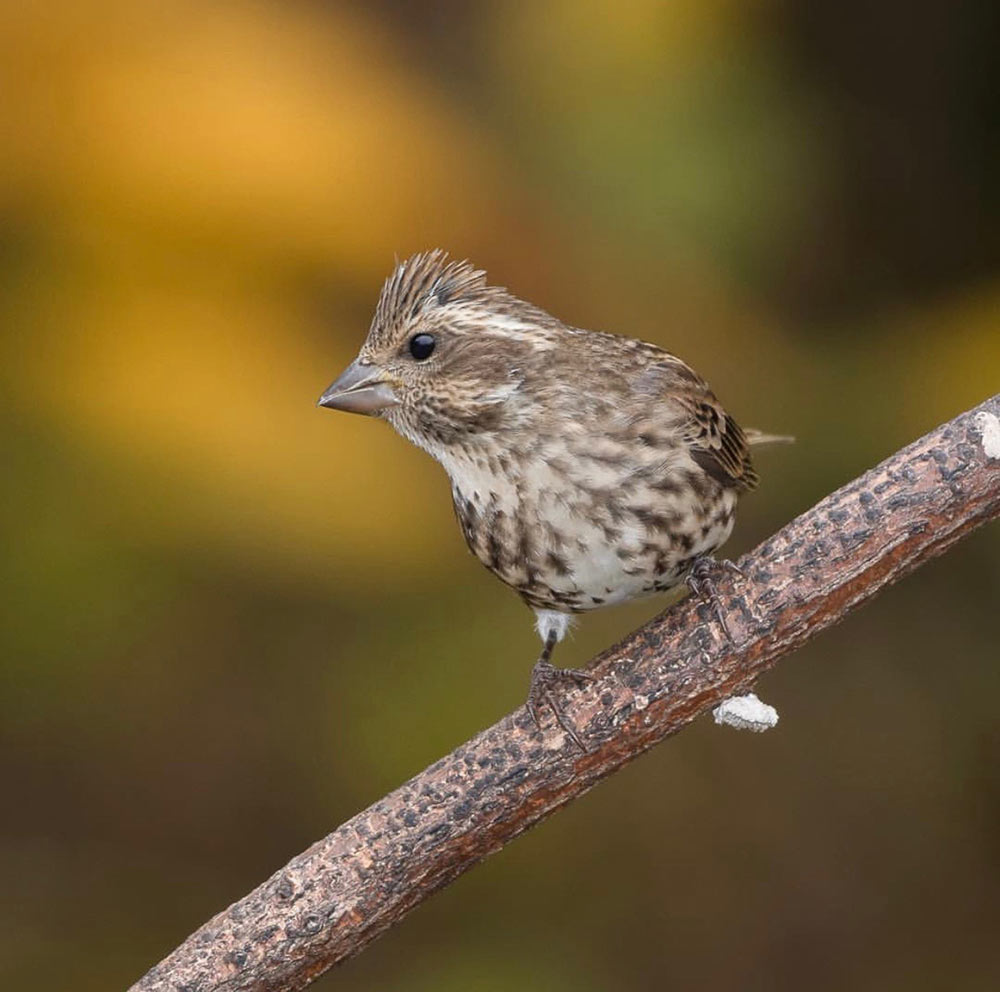

“Western” Pacific subspecies is resident and the two subspecies are thought to have split nearly 100,000 years ago. The spruce seed crop is poor this year across southeastern Canada and northeastern U.S., and the “Eastern” Purple Finch should be found into the Plains and southern states. Irruptions: “Eastern” populations appear to irrupt southward when coniferous seed crops fail but more study is needed. “Western” hard pik-pik very distinctive and different from flight call of Eastern Purple Finch and the other finches. Object of study: song, flight call and genetic differencesįlight call: “Eastern” soft squeaky tic-tic very distinctive and is easily confused with any of the other finch flight calls. “Western” Resident on the west coast of North America. During the winter, it ranges throughout much of the eastern United States occasionally south to Florida and southern Canada. Known range: “Eastern” is moderately common across the northern United States, and southern and central Canada. “Pacific” Purple Finch Haemorhous purpureus californicus “Eastern” Purple Finch Haemorhous purpureus purpureus

Some numbers will also be found across parts of the Plains states. Irruptions 2020-21: “Eastern” birds will irrupt into the southern states, particularly in the mountains, in numbers this winter 2020-21. Will readily take sunflower seed at platform or tube feeders, particularly in winter and migration. Natural History: – : Most frequently observed feeding on buds and seeds of elms, tuliptree, maples, sweet gum, sycamores, ash, redcedar, juniper, mountain ash and spruce. Irruptions Winter 2020-21: “Eastern” birds will irrupt into the southern states, particularly in the mountains, in numbers this winter 2020-21. Females and immatures, which are virtually indistinguishable, generally have little or no red, are strongly streaked across back and sides of belly with dark brown over gray, and have a conspicuous light eyebrow stripe contrasting with a solid ear patch. Purple Finch Haemorphous purpureus Gmelin (1789)Īppearance: – Males raspberry red coloration spreads relatively uniformly across upperparts, head, neck, and sides lower belly and undertail-coverts usually unmarked, white.


 0 kommentar(er)
0 kommentar(er)
